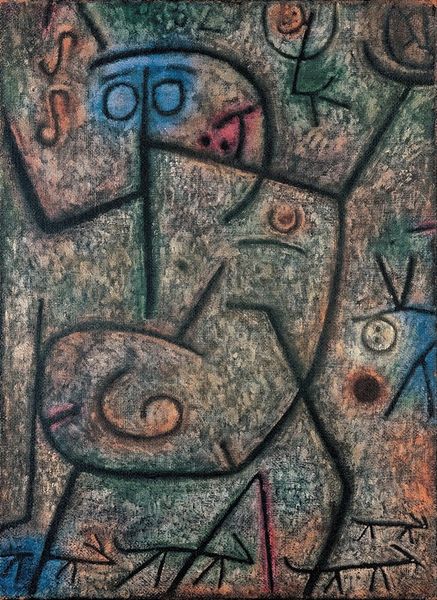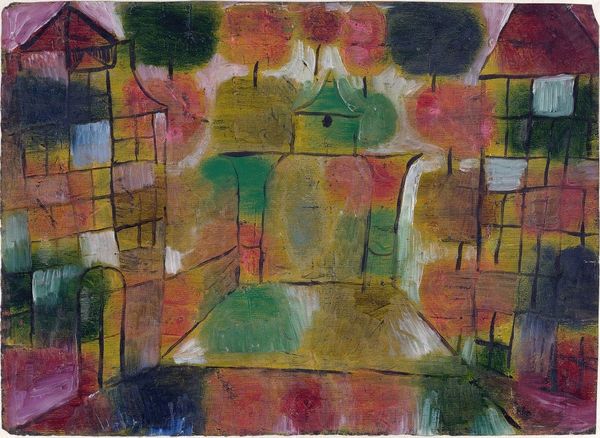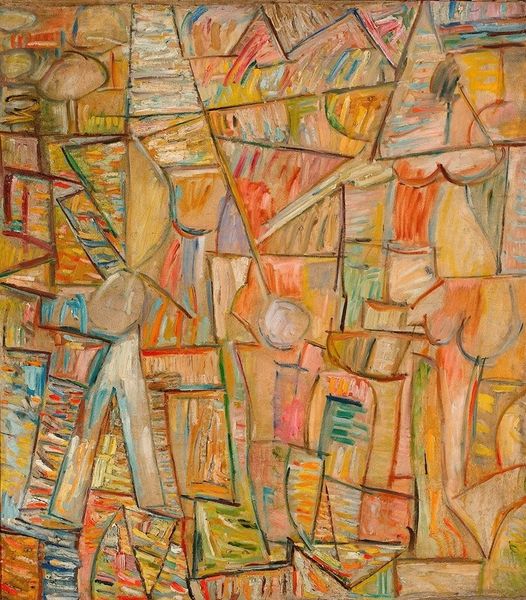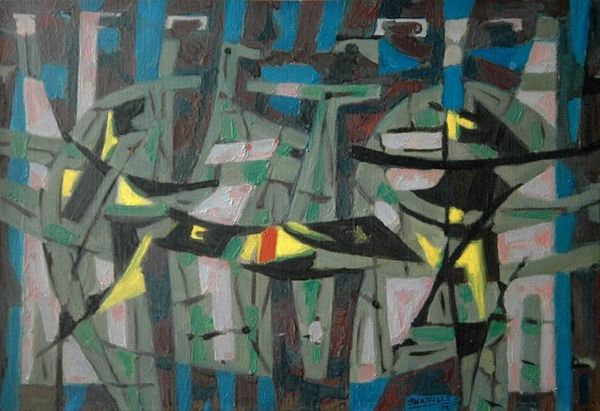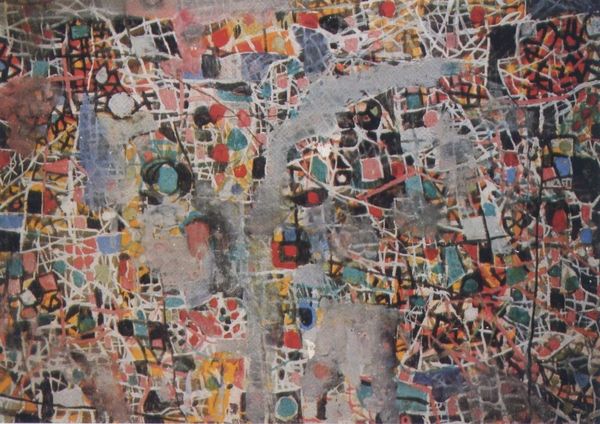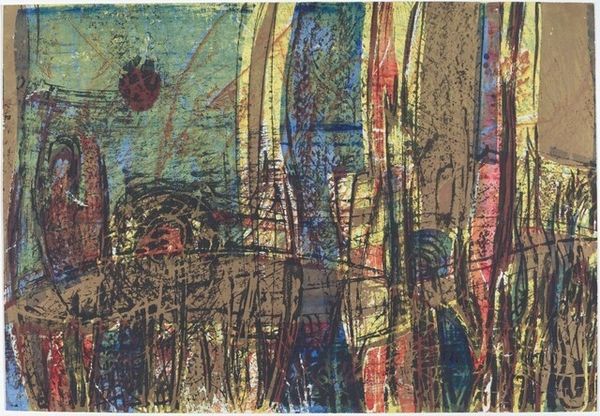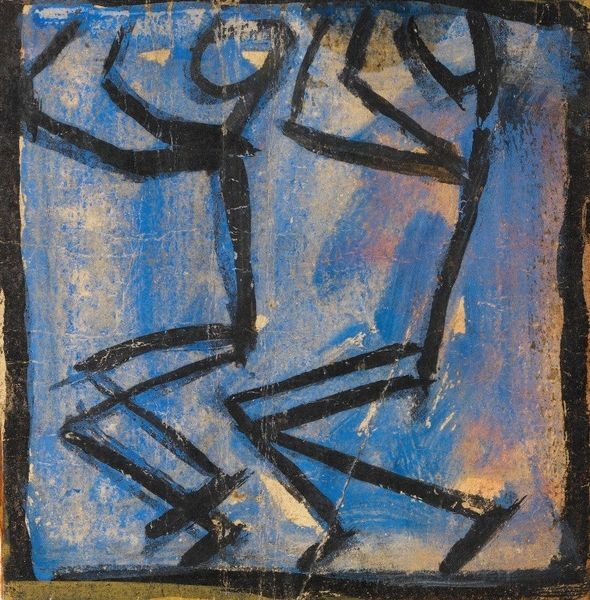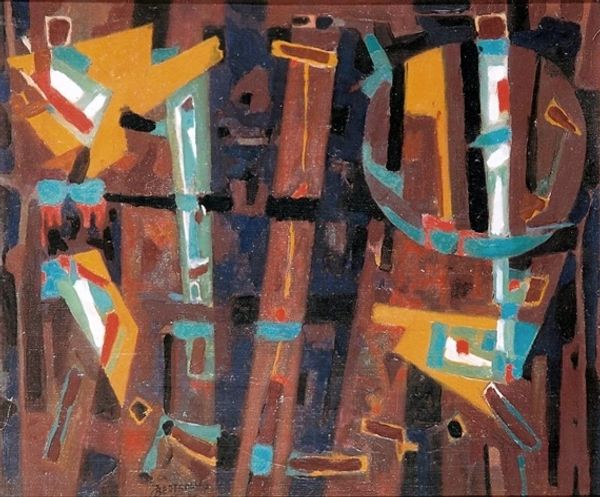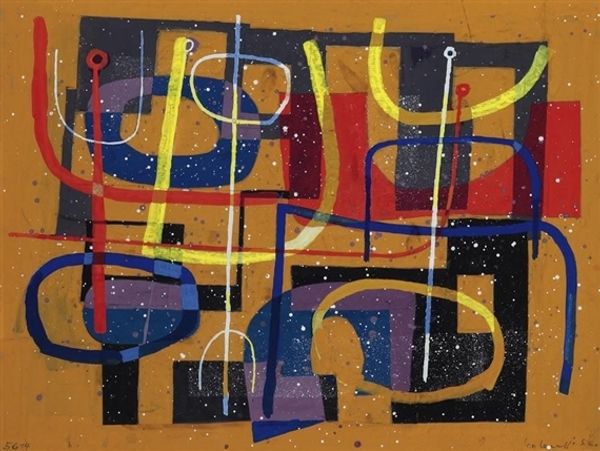
Copyright: Public Domain: Artvee
This is Paul Klee's "After The Flood" - an evocative image created with mixed media on paper. The colors here feel like a muted rainbow, earthy and watery, laid down in broad strokes, setting a stage for what comes next. Look at the black lines—they're not just outlines but characters in themselves, thick and wobbly, like dark, playful doodles, or maybe the very contours of the land re-emerging? The surface has a delicate texture, almost like looking at a fresco, with the sense that Klee is interested in the layering, and the way that the media come together to build up an image. Klee is an artist who’s always in dialogue with the world, translating it into his own unique language, a bit like Joan Miró, who also had this knack for making the abstract feel deeply human. It’s all about letting go and letting the work surprise you. It's not about answers, but about the joy of looking and thinking.
Comments
No comments
Be the first to comment and join the conversation on the ultimate creative platform.


